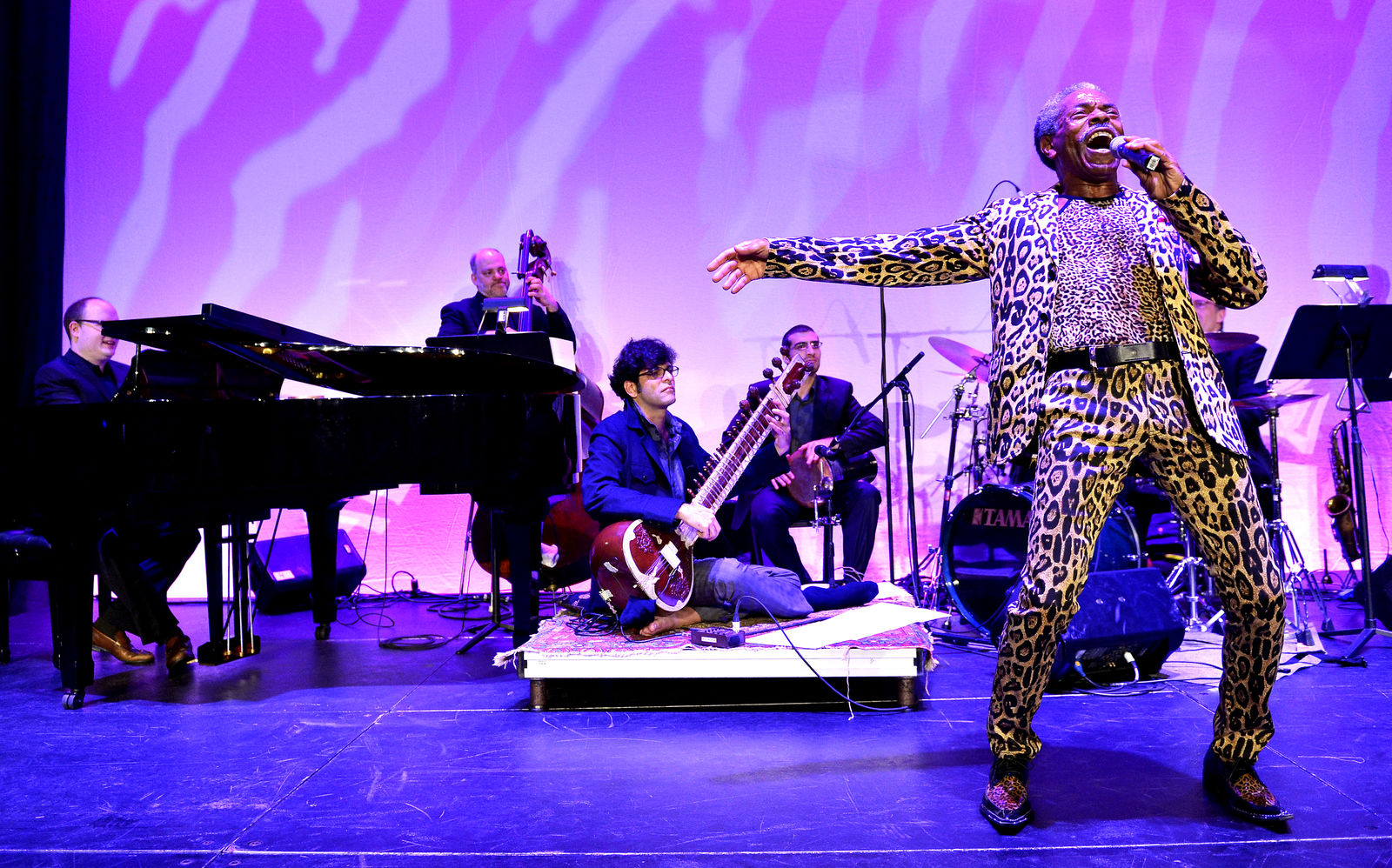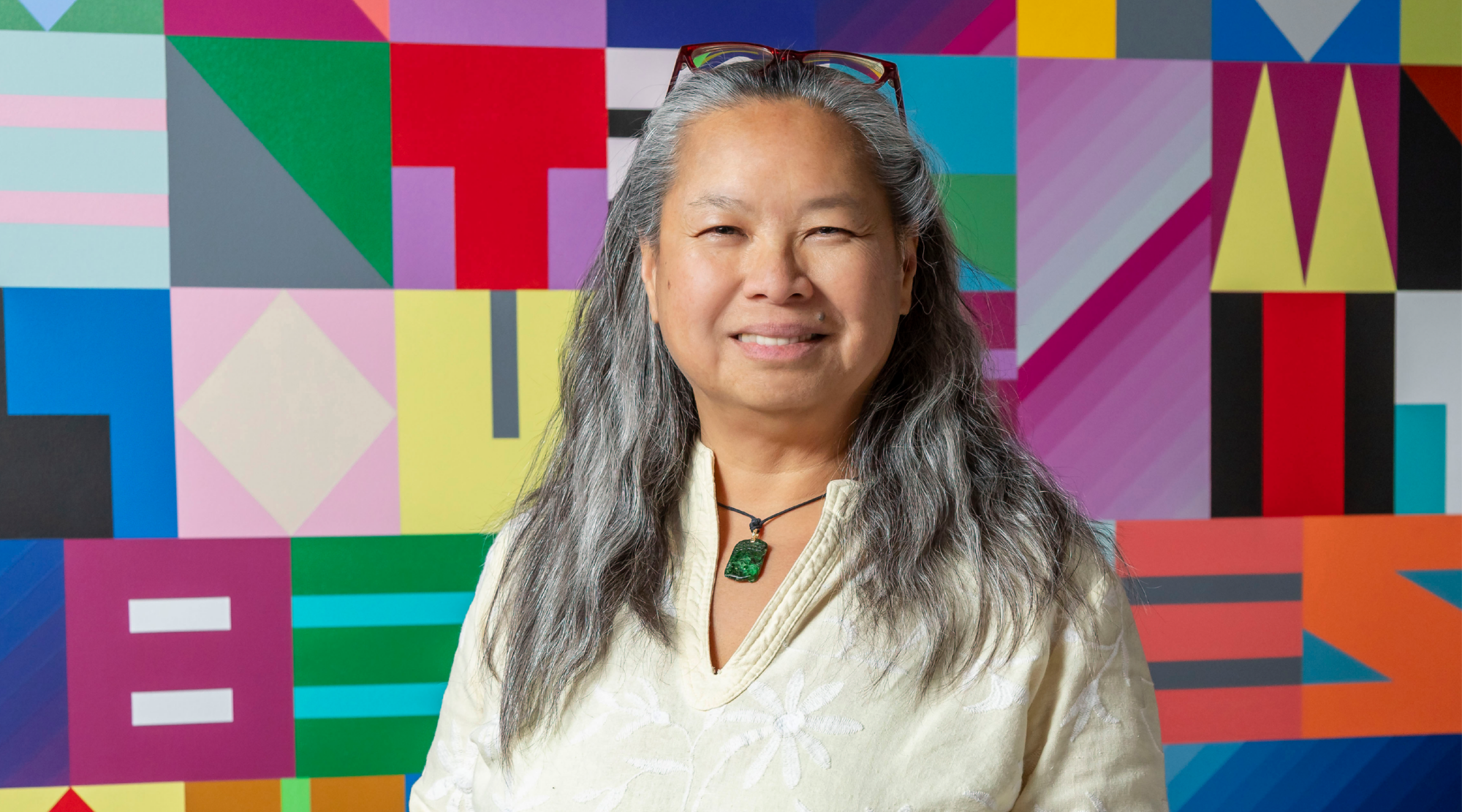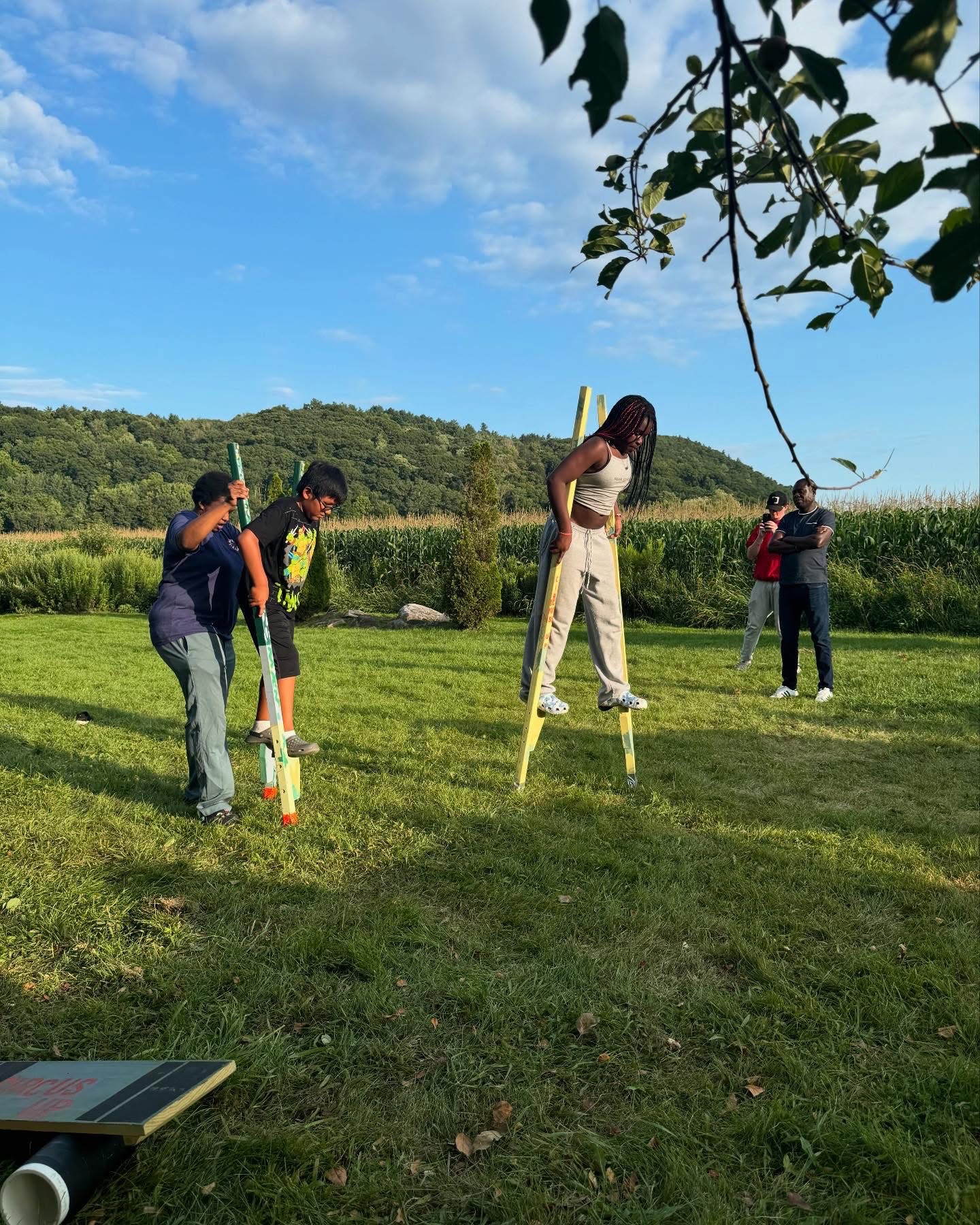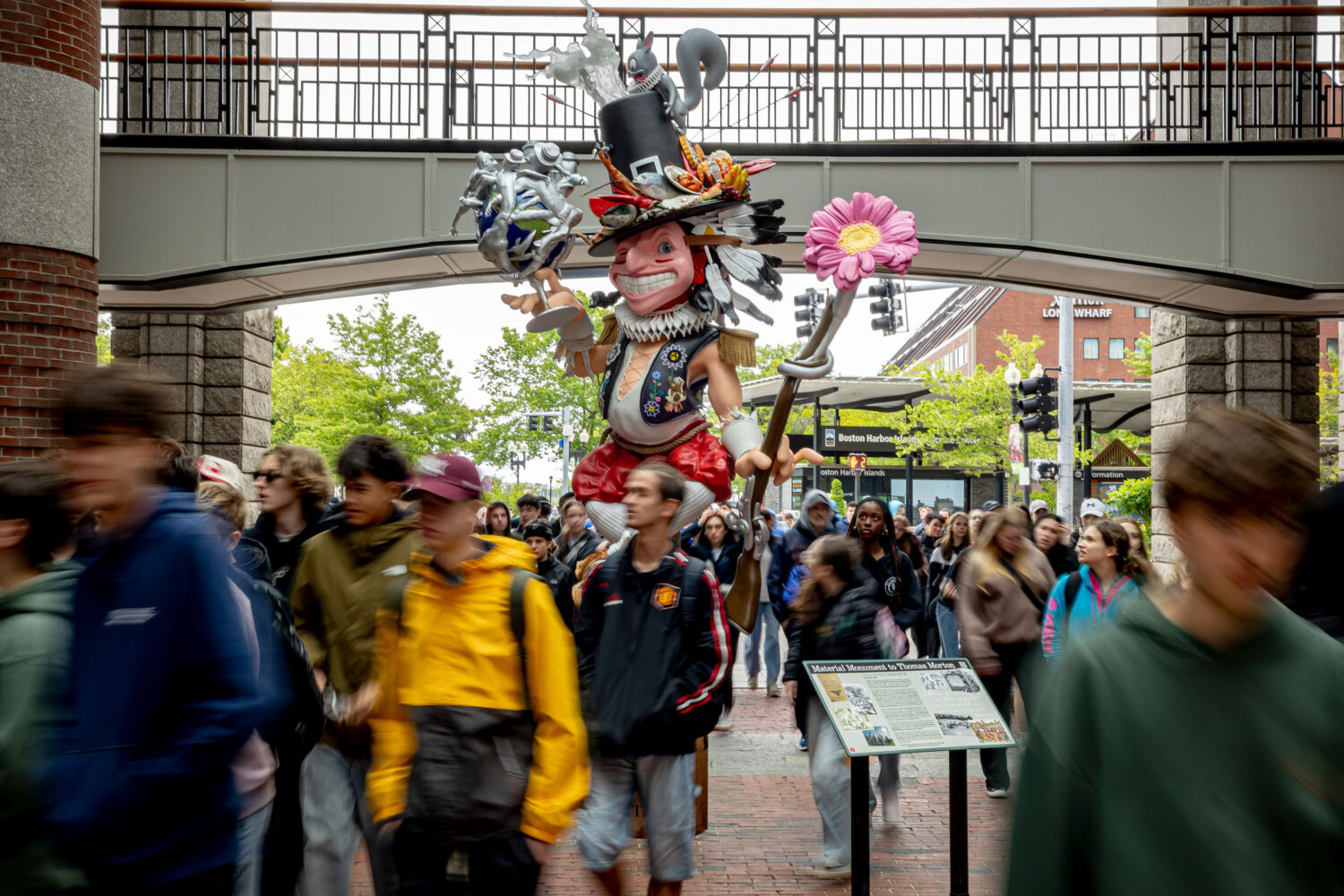In his post last month, “Radio Silence Not Required,” Jim Canales initiated a new series intended to shed light on Barr’s strategic planning efforts. This series offers an opportunity for us to share what we are learning and how we are aligning Barr’s strategies to key trends shaping our fields.
In the arts program, our planning is leading us towards clarity about how we will focus and deepen prior work, as well as explore exciting new domains. Here, I share three trends that have emerged as central to our future plans.
1. Demographics and patterns of cultural engagement are changing rapidly and dramatically.
The profound changes in demographics and how people are engaging in artistic and creative experiences is something we have had our eyes on for some time. Indeed, it is one of the topics our grantee partners in the Barr Klarman Arts Capacity Building Initiative have been exploring together. The blog post, “How New Audiences Came Through Our Doors,” offers some ideas from the Huntington Theatre and Lyric Stage about their efforts to engage new audiences. To enrich this conversation, in May, the Barr Foundation and the Klarman Family Foundation invited sociologist Dr. Manuel Pastor to Boston, to speak on how demographic changes in race, ethnicity, age, and income define who will be making and engaging with arts and culture. The breadth and depth of demographic changes Dr. Pastor outlined were striking. Furthermore, the ways of making and engaging in creativity are growing exponentially through technology. In the face of these demographic and technological changes, arts organizations and philanthropy have had, for the most part, difficulty keeping up. As a result, they have struggled to retain and attract new audiences; build support for the arts; nurture and experiment with diverse cultural expressions and new art forms; and keep themselves vibrant, current, and relevant.
Through the landmark 2012 Survey of Public Participation in the Arts, the National Endowment for the Arts found that audiences for traditional Western-European forms of arts and culture – classical music, ballets, operas, and plays – have declined since the 1980s and in some cases, dropped dramatically. Between 2008 and 2012, attendance dropped 9% at musicals and 12% at non-musical theater.Museum attendance dropped 21%.
Even as demographics are shifting dramatically, audiences for these art forms continue to be dominated by older, white, wealthy, and educated patrons. Arts presenters also face competition from online and other low-cost, 24-hour-a-day entertainment options. Meanwhile, the costs of making and presenting live cultural experiences have gone up, while the amount audiences are willing to pay for these experiences has not kept pace.
The news is not uniformly negative.
WolfBrown’s 2008 Cultural Engagement in California’s Inland Empire study, commissioned by the Irvine Foundation, found that people were practicing more forms of arts and culture, in a much broader array of settings. While traditional venues are still favored for disciplines like theater, music, and visual arts, the most common location for experiencing and engaging with music, dance and visual arts is at home.
Outdoor activities, such as fairs and festivals, are growing in popularity and importance, particularly in communities of color and among young adults. Participation among adults in cultural activities via technological or nontraditional means is up by almost two-thirds.Arts are thriving in formal and informal settings that promote social interaction in an arts context, like karaoke, young professional nights at museums, or drop-in ceramics painting studios.
Staying relevant in this rapidly changing context will require organizations to have the capacity to experiment and take artistic and organizational risks. Helping arts organizations thoughtfully build that adaptive capacity is one of the central themes of the Barr Klarman Arts Capacity Building Initiative. And we certainly see a continued role for Barr in this area.
2. Technology is continually reshaping arts and culture and how people engage.
Another trend we are looking at closely is how technology is shaping culture. Up until the 20th century, people’s cultural values and life were shaped primarily by local, everyday experiences (handcrafted furniture, social dances at holidays). At the beginning of the 20th century, with the advancements in sound and broadcasting, and the growth of the movie industry, professionals, celebrities, and creative industries began producing culture on a mass scale. In the second half of the last century, with philanthropic investments, arts were professionalized, and there was a proliferation of nonprofit, professional arts organizations, primarily rooted in Western-European canonic art forms. Arts participation and engagement had formerly been local, and accessible to many.Yet, it became an elite pursuit – beautiful but institutionalized, professionalized, and distant.
In the 21st century, technology is helping re-democratize access to the arts.Artists and amateurs alike can create art with increasingly affordable, high-quality production equipment. Devices like smart phones and tablets, and content providers like Netflix enable consumers to create and curate their own cultural experiences, with a global reach to the diversity of art. The internet now allows for an unprecedented sharing of creative work, which can reach millions of people via popular sharing and sales websites like Spotify (music, 40 million monthly users), Etsy (craft, 21.7 million monthly users), Instagram (photo, 300 million monthly users), or DeviantArt (art, 65 million monthly users).
Another example is HowlRound at Emerson College. The U.S. theater sector has been dominated historically by large and established theaters, with little room for the voice and power of individual artists and small theaters. HowlRound calls itself a “knowledge commons” and aims to reverse this imbalance.It is an online platform, and forum with international reach, allowing both established and emerging theater professionals to engage and exchange ideas on an incredibly diverse range of creative and professional topics – while building a more inclusive sense of community.
Technologies that provide this level of connection, access to knowledge, and streamlined production are here to stay, and will only grow. As they do, we suspect there will be a constructive role for philanthropy, and for Barr in particular, to help catalyze and support new approaches that push the field even further, opening doors that engage and “re-democratize” creative expression. In an upcoming blog post, Jaime Cortez will discuss one of these new approaches in more detail: the maker movement.
3. New sectors, disciplines are tapping the power of creative expression.
The last exciting trend that I would like to share is the conjoining of arts with other disciplines and sectors. One example of this trend is the national initiative, ArtPlace America, in which Barr is a partner. ArtPlace America focuses on advancing the concept of “creative placemaking,” in which arts are integrated in place-based community planning and development.Arts-infused community development is exemplified in the works of Chicago architect and social practitioner Theaster Gates. His organization, the Rebuild Foundation, refurbishes derelict, empty buildings to create art spaces where an entire neighborhood can contribute to reinventing itself through the arts and cultural expression.Through his efforts, the long-declining Dorchester Projects neighborhood of Chicago has been invigorated with multiple art venues offering culturally-relevant arts to the neighborhood. The Fairmount Cultural Corridor and Boston’s Upham’s Corner neighborhood, supported by Barr, along with ArtPlace, The Boston Foundation and others, is the most developed local example. A diverse coalition of arts, sustainable economic development, and community development organizations are incorporating creative processes to engage residents and businesses in planning for public works improvements, safety, and increased neighborhood visibility.We are excited to see this initiative continue to develop, as well as explore new places ready to put these principles into practice.
Another area, which would be new for Barr, but which looks to be rich in opportunity is the intersection between arts and medicine. Endowed with some of the best medical institutions in the world, we believe Massachusetts has enormous potential to lead in these growing fields of practice. Indeed, we are already seeing some fascinating examples. For example, in the burgeoning field of music neuroscience, hospitals and medical researchers – like Massachusetts General Hospital, Brigham and Women’s, and Boston Children’s Hospital – are drawing on world-class tech resources and expertise to learn how music and the brain interact.Training institutions, like Harvard, Tufts, and Boston University medical schools, are integrating the arts and humanities in new ways that enhance doctors’ abilities to understand and connect with patients, leading to improved health outcomes.
In addition to looking at key trends, with Barr’s new mission, “to invest in human, natural, and cultural potential, serving as thoughtful stewards and catalysts,” we have also been reflecting on how the concept of catalyst has and will continue to manifest in our work. We anticipate opportunities to commission new research, convene partners to hear invited thought leaders present on provocative ideas, and support organizations that are playing a catalytic role – using art and creative expression as an agent of change in their communities, disciplines and sectors, connecting people to their passions, to each other, and to their communities.
This time to reflect and assess the environment is stretching our thinking about our organizing theories, language, comfort zone, and constructive role. We look forward to further exploring how these trends manifest in our region, and identifying opportunities to maximize the potential of our region’s incredible assets to elevate the arts across a dynamic Massachusetts and nationally.




